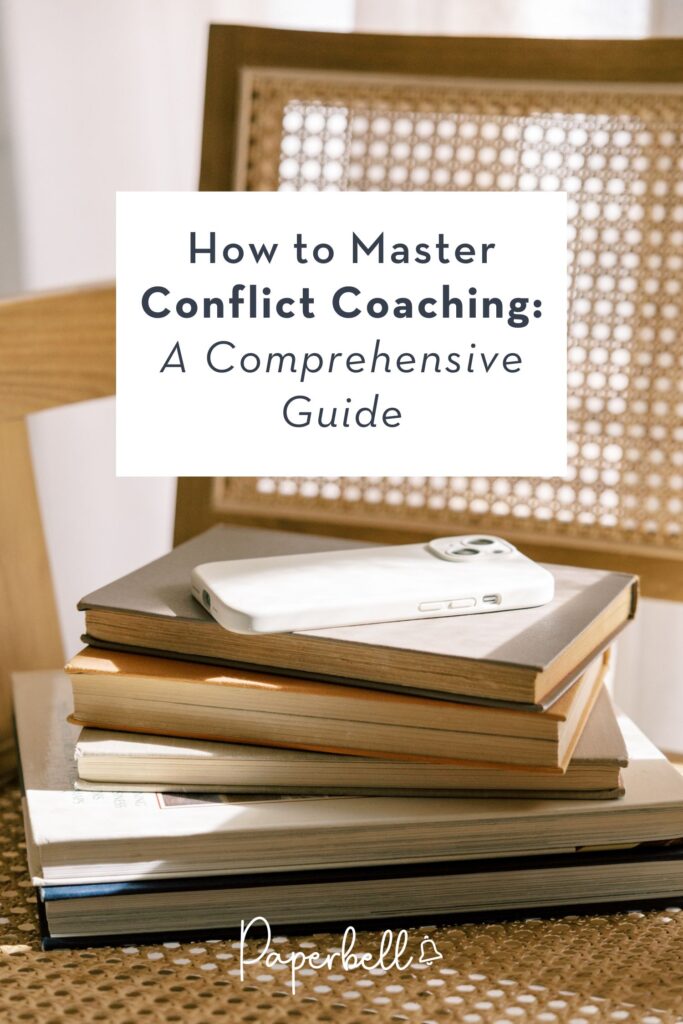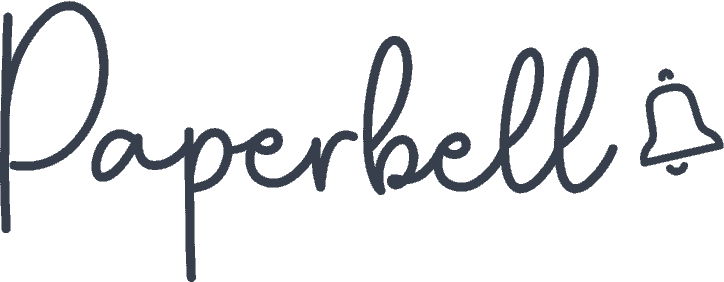We’ve all been there: Replaying an ongoing conflict in our heads, unsure how to respond without making things worse. Whether it’s a frustrating coworker or a family debate, unresolved disagreements can take up a lot of energy.
When a conflict coach steps in, they can give their clients the tools to handle high-stakes conversations with clarity and confidence.
Interested in branching out into this niche? Let’s break down how to get there.
What Is Conflict Coaching?
Conflict coaching is a one-on-one coaching process that helps someone work through a tough relationship dynamic or communication breakdown before, during, or after a conflict happens. It equips them with the skills and perspective to:
- Understand their patterns in conflict
- Get clear on what matters to them
- Learn how to express themselves
- Manage their emotions more effectively
- Prepare for a difficult conversation (or unpack one that didn’t go well)
It’s not therapy, nor mediation. It’s not about blaming or fixing the other person either, but building a skill set to navigate personal and professional conflicts.
So What Does a Dispute Resolution Coach Do?
They work one-on-one with clients and use conflict coaching techniques to help them navigate disagreements better. Here’s what their coaching process usually involves:
Clarifying the issue: Helping the client unpack what’s really happening beneath the surface. Not just the facts, but the emotions, needs, and perceptions involved.
Building self-awareness: Identifying the client’s triggers, default conflict style (avoidant, aggressive, passive-aggressive, etc.), and what values are being activated or stepped on.
Practicing perspective-taking: Encouraging the client to consider the other person’s point of view, not to agree necessarily, but to better understand the dynamic.
Developing effective communication strategies: Coaching the client on how to express themselves clearly and assertively, whether it’s through “I” statements, nonviolent communication, or setting boundaries.
Role-playing tough conversations: Running through real-life dialogue to help the client prepare for a difficult interaction, rehearse new responses, and feel more confident going in.
Exploring options and outcomes: Supporting the client in thinking through what they want from the situation (repair, closure, clarity, or something else) and mapping out a plan to get there.
What Situations Call for Conflict Coaching?
Conflict coaching is a specialty that can be used across various niches. Here are a few that come to mind.
| Context | Example | How conflict coaching helps |
| Workplace tension | An employee feels micromanaged and wants to speak up without damaging the relationship. | Prepares them for a respectful, clear conversation with their boss. |
| Family friction | A grown sibling keeps clashing with a parent during family visits. | Helps them understand triggers and shift how they respond. |
| Co-founder tension | Two business partners are disagreeing on their next steps, but only one wants coaching. | Supports the co-founder in handling conflict with clarity and calm. |
| Friendship fallout | A client ghosted their friend after a fight and wants to reconnect. | Coaches them through how to reach out, repair, or let go gracefully. |
The great thing is, the other person doesn’t have to be in the room. Conflict coaching focuses on what the client can control, i.e. their reactions, communication style, and choices.
Conflict Coaching vs. Mediation: What’s the Difference?
Coaching and mediation often get mixed up, but generally, they serve different purposes.
| Conflict Coaching | Mediation |
| One-on-one process | Group process (usually 2+ people) |
| It helps a client understand and navigate conflict independently. | It brings parties together to talk it out with a neutral third party |
| It focuses on self-reflection, strategy, and skill-building. | It focuses on mutual understanding, compromise, and resolution. |
| Clients may or may not choose to talk to the other person afterward. | Conversation between both (or all) parties is the main event. |
Simply put, mediation is when two people sit down together to hash things out with help. Coaching, on the other hand, is when one person says, “I want to handle this better,” even if the other person isn’t ready to talk.
And while conflict coaching is tied to personal and professional development, mediation is often used to resolve active disputes, like workplace disagreements, legal matters, community issues, or even large-scale social and political conflicts.
Think union negotiations, restorative justice programs, or peacebuilding, so anywhere two sides need a path toward resolution.
3 Models Conflict Coaches Can Apply in Their Work
Here are three models commonly taught in conflict coaching training. They are hands-on tools you can use with clients in various scenarios.
1. The CINERGY Conflict Coaching Model
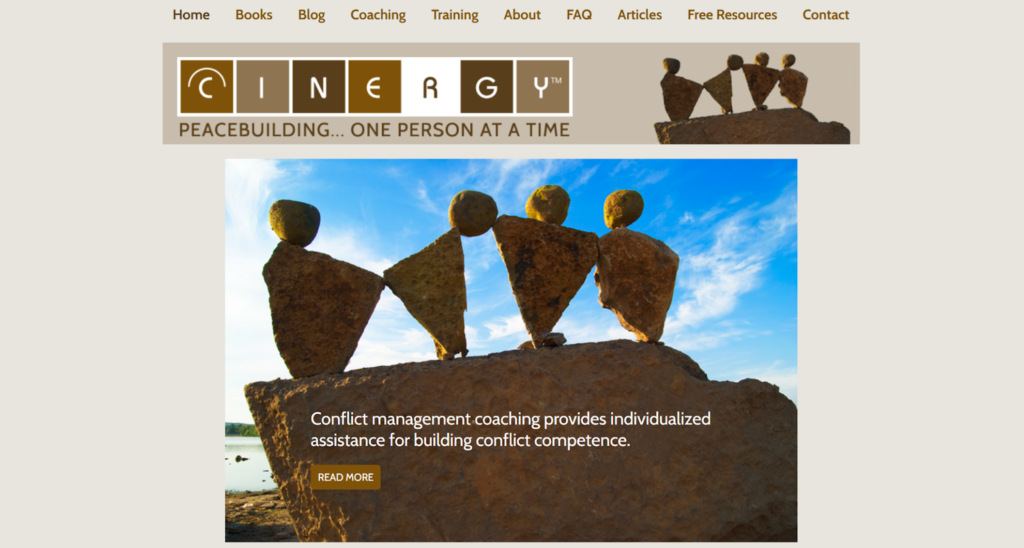
The CINERGY model is probably the best-known. It’s a framework developed by Cinnie Noble that helps people navigate tough interpersonal situations.
It helps the client get clear on what’s going on, what they’re feeling, and what their options are. It includes:
- Mapping out the conflict and what’s driving it
- Getting clarity on triggers and needs
- Setting goals for how to show up in the situation
- Practicing how to communicate more effectively
It’s used in various situations, from corporate coaching to HR and legal contexts.
2. Conflict Coaching Matters Approach
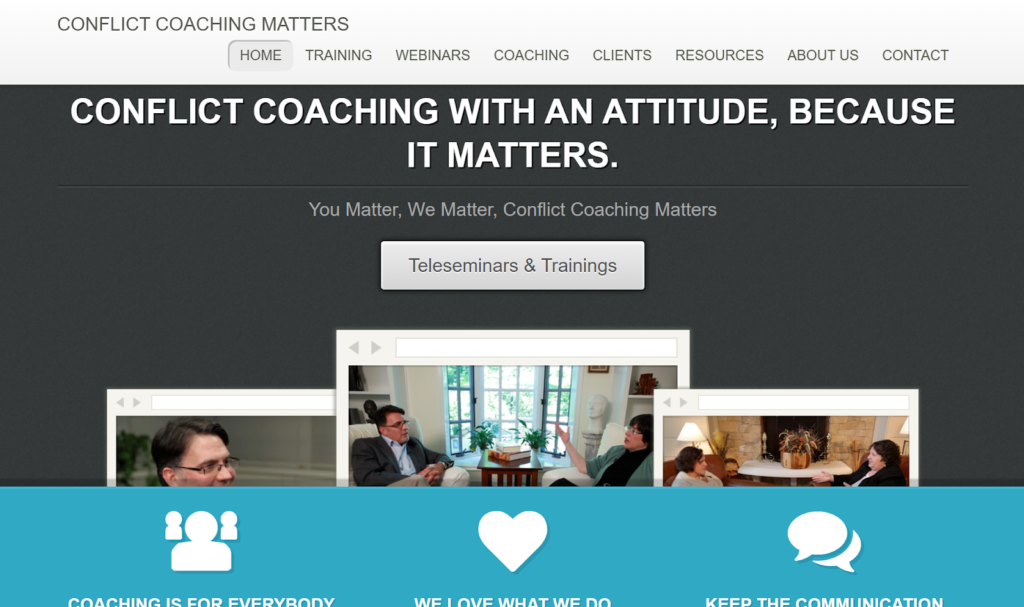
The Conflict Matters approach was created by Dr. Tricia Jones and her team. It’s also a structured approach to conflict coaching but with more emphasis on communication. It helps people understand not just the conflict itself but how they’re talking about it (or not talking about it).
You may see this model used in community organizations, schools, and even government settings. It helps all parties figure out where communication is breaking down and gives them the tools and mindset to shift how they approach the conversation.
3. The Thomas-Kilmann Instrument (TKI)
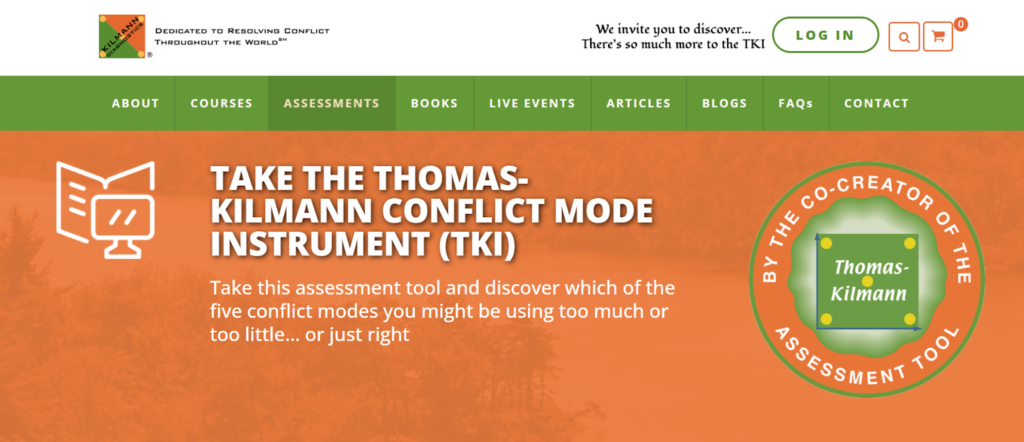
This one’s technically not a coaching model but a tool that a lot of conflict management coaches use. It’s a short assessment that helps someone understand their go-to conflict style.
Do they tend to avoid conflict?
Push for what they want?
Compromise?
Accommodate?
Collaborate?
Once your client knows how they tend to show up in conflict, it’s easier to talk about where that style works for them and where it doesn’t.
The 5 C’s of Conflict Resolution… Is That a Real Thing?
The “5 C’s of Conflict Resolution” is one of those made-up frameworks floating around the internet, like in many other areas of business, mostly because it sounds catchy.
There actually isn’t any research-backed model called the 5 C’s in this niche. It’s just a list of cherry-picked conflict resolution skills that fit the letter C.
Depending on who’s creating the content, the C’s might stand for things like:
- Communication
- Clarity
- Collaboration
- Compassion
- Commitment
Or calmness. Or curiosity. You get the idea.
They’re not wrong—these are all helpful conflict management strategies, but this isn’t a formal coaching model, more of a memory aid.
How to Become a Conflict Coach

If this sounds like your lane, here’s how to get started.
- Get trained: For example, the CINERGY® Conflict Coaching certification is a popular model to get trained in. It will teach you structured techniques and practical tools you can use right away in conflict coaching sessions.
- Package it up: Do you want to help individuals navigating personal issues, managers dealing with team tension, or leaders in high-conflict environments? Once you know that, you can create coaching packages that speak directly to their needs.
- Set up your practice: Contracts, client intake forms, scheduling, payment processing, a website: It’s all part of looking legit and staying organized. Paperbell handles all of it, and it’s free with your first client.
- Start getting the word out: Reach out to professionals in your network or share conflict-resolution tips on LinkedIn and Instagram. If you regularly show up, people will start seeing you as the go-to person in your domain.
Run Your Coaching Practice With Ease
If you’re stepping into conflict coaching, there’s no easier way to manage your practice than using Paperbell. It’s an all-in-one coaching website and client management tool that handles your:
- Bookings
- Payments
- Digital contract signing
- Packages
- Client surveys and notes
- Automated client emails
- Email list opt-in form in one simple system
Try Paperbell for free and see how it can transform your business.
